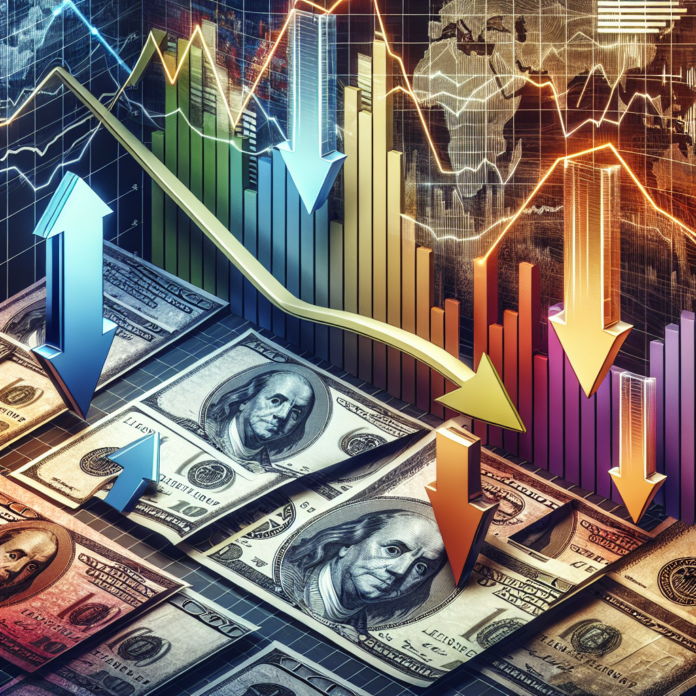In the intricate dance of economic forces, currency devaluation and inflation often move in tandem, wielding a dual impact that can cut through a nation’s economy. Currency devaluation, typically seen as a government’s deliberate downward adjustment of its currency’s value against another currency or benchmark, can have far-reaching consequences. While it might boost a country’s export competitiveness, it also can lead to inflation—a sustained increase in the general price level of goods and services in an economy over a period. Let’s explore this relationship and its effects on the global marketplace.
How Currency Devaluation Feeds Inflation
When a currency is devalued, imported goods become more expensive. Countries that rely heavily on imports for consumer goods, raw materials, or technology will find the cost of these items shooting up. As import prices rise, so too does the general price level, leading to inflation.
Compelling data and analysis on the relationship between devaluation and inflation can be found on the International Monetary Fund (IMF) website, which offers insights into the global financial landscape.
Inflation Following Devaluation: A Domino Effect
Inflation can reduce purchasing power as the cost of living rises, making everything from groceries to gasoline more expensive. Not only does it strain individual consumers, but it also can stress entire industries, which may be forced to raise prices or reduce production to keep up with increased costs stemming from higher-priced imports.
The consequences for ordinary citizens and economic policy can be tracked on platforms like Trading Economics, providing users with a massive set of economic indicators, including inflation and currency exchange rates.
The Benefits of a Weaker Currency—With a Caveat
A weaker currency can boost exports by making a country’s products more affordable on the international market. This can lead to a rise in demand and potentially create more jobs domestically to meet the increased export production. However, this can be a double-edged sword if the increased demand leads to inflation by overwhelming the supply.
For current export and trade statistics, sites like the World Trade Organization (WTO) give a global overview of trade flows and economic impacts.
Protecting the Economy: Policy Measures to Counteract Inflation
Central banks may take action to curb inflation by adjusting interest rates or implementing monetary policy measures. The goal is to manage the money supply within an economy to control inflation and stabilize currency values.
In-depth discussions on such policy measures are available through financial news outlets like Bloomberg, which offers up-to-the-minute reporting on monetary policy and economic events around the world.
Conclusion
Currency devaluation and inflation are powerful economic phenomena that can reshape the financial landscape of a country. While a devalued currency can have short-term benefits for export competitiveness, the long-term risks of inflation can undermine these gains, affecting everyone from the everyday consumer to large-scale industries. Policymakers, businesses, and citizens must therefore navigate this double-edged sword with caution, understanding both the opportunities and risks that come with significant shifts in currency valuation and inflation rates.




 AGF-B.CO
AGF-B.CO